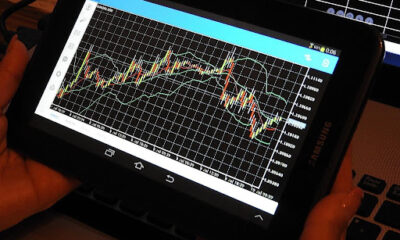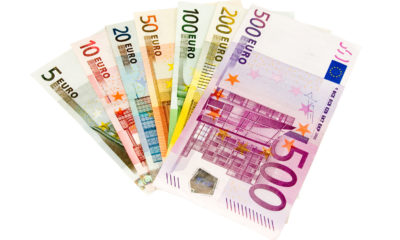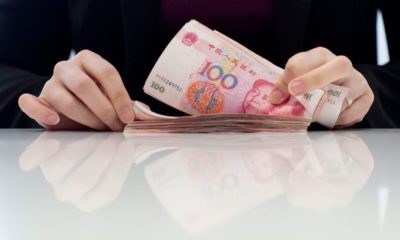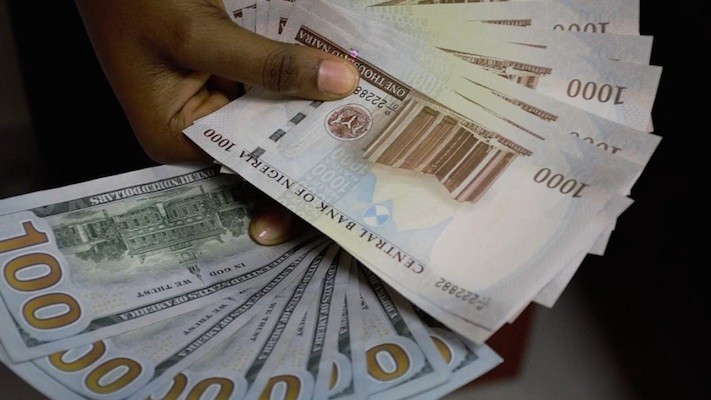- Forex Weekly Outlook October 31-November 4
The US economy recorded its fastest growth rate in two years in the third quarter, expanding at a 2.9 percent annualized rate. While, this is more than the 1.4 percent recorded in the second quarter and surpassed analysts’ 2.5 percent forecast, the dollar declined against most of its counterparts on Friday, after the Federal Bureau of Investigation (FBI) said it would investigate Hillary Clinton’s use of a personal email server while secretary of state. This report, shocked the markets that was already pricing in the likelihood of a Clinton president over Donald Trump and subsequently plunged the US stocks and currency, as investors scramble to assess the news that could be an advantage to Republican candidate Donald Trump.
Nevertheless, the new home sales (593,000) came out below economists’ forecast of 601,000 in September, but better than 575,000 recorded in August, while consumer sentiment drop to 98.6 in October, from 103.5 in September. On a critical look into the GDP report, consumer spending (2.1 percent) that has aided the economy, thus far was weaker than predicted in the third quarter, creating a mixed picture of the economy, but the increase in inventory rebuilding and soybean-related exports boosted the rebound recorded in the quarter. Although, the data is in line with Federal Reserve’s slow and steady progress, it is uncertain if the mixed outlook and strong underlying fundamentals are enough to raise rates this December.
However, the US dollar is expected to continue its gains once investors digested the FBI announcement and realized it’s unlikely to impact the election as it is. The table below shows U.S key macro data due this week.
| US Economic Release Forecast Previous |
| Average Hourly Earnings m/m 0.3% 0.2% |
| Non-Farm Employment Change 175K 156K |
| Unemployment Rate 4.9% 5.0% |
| Trade Balance -39.2B -40.7B |
| Federal Funds Rate 0.5% 0.5% |
| ISM Non-Manufacturing PMI 56.2 57.1 |
In the UK, the economy surprisingly expanded 0.5 percent in the third quarter, beating 0.3 percent predicted by analysts even after the country’s decision to leave the European Union in June. The economy continued to grow with a better than expected performance from the services sector, growing at 0.8 percent rate, the fastest since 2009.
While construction fell 1.4 percent and manufacturing declined 1 percent with production dropping 0.4 percent in the third quarter, the economy’s resilience, due to strong consumer spending and services sector means it is unlikely the Bank of England will ease below current 0.25 percent interest rate this year — this is because the inflation rate is rising at a much faster pace and it will continue with the pound lower exchange rate and increasing cost of imported goods. This week, manufacturing, services and construction PMI report will help assess economic improvement prior to the monetary policy committee decision due on Thursday.
In Australia, inflation rate unexpectedly rose 0.7 percent in the third quarter, reducing the possibility of the RBA cutting rate in November. Even though, the RBA new governor Philip Lowe said the various factors suppressing inflation are expected to continue for a while, markets believe with the yearly inflation at 1.3 percent and an unemployment rate at 5.6 percent that it is unlikely the apex bank will loosen monetary policy this year, especially with high asset prices, particularly housing in Sydney and Melbourne, further easing could fuel borrowing among already heavily indebted Australian households. This week, the RBA is expected to maintain current 1.5 percent cash rate at its next meeting on Tuesday, while building approvals report is expected to dip further to -2.8 percent from previously declining -1.8 percent. Retail sales and trade balance will throw more lights to consumer spending and improvement in the manufacturing sector going forward.
Crude Oil, The Organization of the Petroleum Exporting Countries (OPEC) is yet to finalize production cap, as Iraq is seeking a similar exemption to what Nigeria and Libya are likely to get when the organization meet again on November 20. While, Iran has disagreed with the OPEC’s methodology insisting the nation need to reach pre-sanction level of 4 million barrels a day, an increase of about 400,000 barrels a day from current levels — a situation that is threatening the viability of the Algiers accord.
According, non-OPEC producers are yet to join OPEC on production cap, suggesting they wanted the OPEC to solve its differences before making known their commitment to managing the global oil glut.
Brent crude dropped 0.6 percent on Friday to trade at $49.42 a barrel.
Overall, high volatility is expected in the month of November, considering the US presidential election is due on November 8 — with fresh huddles for the Democratic presidential candidate Hilary Clinton to negate going forward. This week, investors will seek to digest a series of macro data and monetary policy decision due across key G7 nations. Also, commodities dependent currencies are likely to experience more volatility as OPEC seek to reach a consensus amid disagreement among its members. However, this week, my last week pick top my list, while monitoring series of events that will be unfolding across the financial market.

 Billionaire Watch2 weeks ago
Billionaire Watch2 weeks ago
 Startups4 weeks ago
Startups4 weeks ago
 News4 weeks ago
News4 weeks ago
 News4 weeks ago
News4 weeks ago
 Bitcoin4 weeks ago
Bitcoin4 weeks ago
 Naira4 weeks ago
Naira4 weeks ago
 Forex3 weeks ago
Forex3 weeks ago
 Treasury Bills4 weeks ago
Treasury Bills4 weeks ago


























